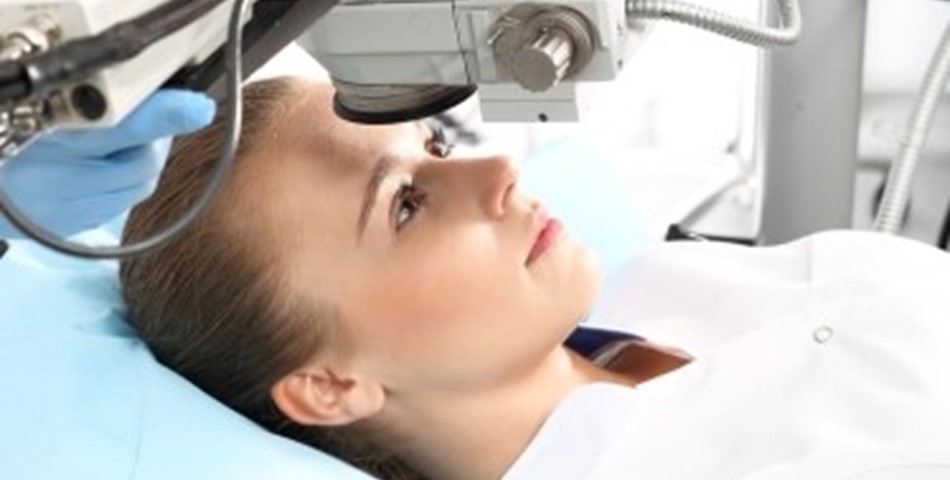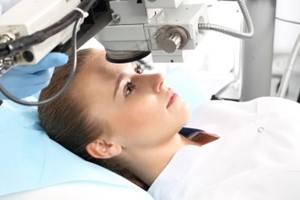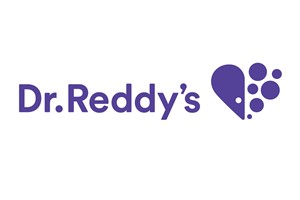Frost & Sullivan’s recent analysis, Emerging Technologies Driving Growth Opportunities in Ophthalmic Diagnostic and Monitoring Devices, finds that the demand for ophthalmic diagnosis and monitoring devices is expected to surge as the prevalence of eye diseases rises because of the growing aging population, lifestyle changes, and increasing incidence of chronic diseases.
Advanced technologies such as artificial intelligence (AI), the Internet of Things (IoT), and telemedicine in the ophthalmic diagnosis and monitoring space play crucial roles in driving the market as they address the need for eye screening by increasing operational efficiency, accuracy, cost efficiency and access to ophthalmic care. “Conventional ophthalmic diagnostic devices are bulky and non-portable, take a long time for analysis, require expertise, are uncomfortable for patients, and require frequent visits to the clinic or hospital,” said Dr. Sneha Maria Mariawilliam, Technical Insights Senior Research Analyst at Frost & Sullivan.
“Going forward, these emerging technologies will support ophthalmologists in better understanding of diseases, taking rapid clinical decisions, and also improving patient compliance and access to eye care, while obtaining better clinical outcomes. These digital solutions will enable ophthalmic diagnostic companies to strengthen their portfolio and stay competitive in the growing market.” Mariawilliam added: “The COVID-19 pandemic outbreak is pushing the demand for contactless ophthalmic diagnosis and monitoring technologies due to which home-monitoring devices and portable handheld devices will experience massive growth in the days ahead. Healthcare providers are adopting new business models, and digital-based devices and platforms are the most sought-after solutions in ophthalmic care in the current scenario.”
Due to the expected shortage of ophthalmologists and increase in the number of patients with eye diseases and disorders, along with the need for timely diagnosis and treatment, ophthalmic diagnostic and monitoring devices with high operational efficiency will find promising growth opportunities in the industry, including:
- Partnering with AI technology providers to improve ophthalmic diagnosis efficiency and accuracy to help ophthalmologists in managing the anticipated overwhelming patient numbers.
- Launching new and reliable handheld devices with increased image quality and added digital solution features to increase the access to ophthalmic care in remote regions of developing countries.
- Investing in the development of home monitoring for ophthalmic diseases, as continuous monitoring of disease progression and efficacy of treatment can enhance the clinical outcome. Strategic partnering, mergers and acquisitions in this space are also growth levers.
- Driving growth through geographical expansion of digital health companies using telemedicine solutions in low- and middle-income countries as there is a high demand for remote ophthalmic consultations in these regions.
Frost & Sullivan
http://ww2.frost.com













